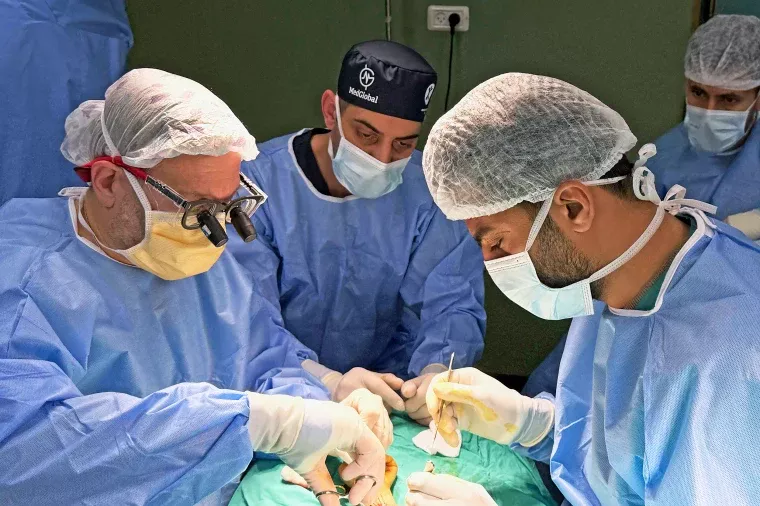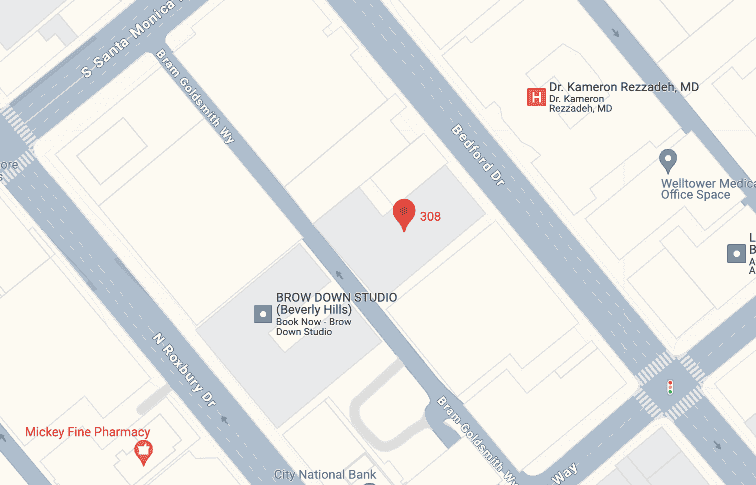Pilonidal cysts are more prevalent in the real world than most people have realised, and can blow up very easily from mild irritation to a painful day-to-day distraction when they do flare up. That’s why surgery to remove pilonidal cyst for many patients, is the best and most long-lasting course of treatment for the condition: in cases where infections keep returning, or the cyst has formed several tracts below the skin. If you know what surgery involves — and what life looks like after surgery — the process may be a lot less stressful, a lot more clear; it makes you feel that you are on the right stage to receive lasting relief.
When Surgery Is the Right Choice
Many try to treat a pilonidal cyst in the home for months before being treated. They may have swelling, tenderness and drainage that get worse after sitting too long or wearing tight clothes. Some develop recurring infections that clear up with antibiotics, but then come back again fast. When such flare-ups become recurrent, intrusive or painful, then most often the right next step is actually a surgical consultation. Surgery is widely recommended when the cyst is larger, has developed sinus tracts, has had repeated abscesses, or failed to heal with traditional conservative treatment. For many affected patients, the decision to continue surgically can also provide relief from years of on-and-off suffering as the definitive solution is offered.

Pilonidal Cyst Surgery Overview and Techniques
The anatomy & cyst pattern of each patient are unique, however, the overall goal of the surgery process is the same: get rid of the infected tissue, clear sinus tracts and create an environment that allows the area to heal smoothly. It is also depending on how advanced the cyst is that the procedure becomes complex. Some patients will respond well to a minimally invasive procedure while others will need to make a more invasive procedure to avoid the backgrowth of the cyst.
One of the most performed approaches, specifically, a technique that removes the diseased tissue while shifting the incision in a slightly off-center manner, helps relax tension in the midline — that’s a more naturally healing area — to drive healthier, longer-lasting healing. In the more complex cases, flap techniques are used to reduce recurrence and help return patients to functional activities sooner. A consultation helps decide which method is most appropriate based on how big the cyst is, your anatomy and whether you’ve had previous infections or drainage procedures.
What Can Happen on Day of Surgery
Pilonidal cyst surgery performed by a pilonidal cyst doctor is often an outpatient operation, so you’re back home the same day. Patients are usually given local anesthesia with sedation or a brief general anesthetic depending on how it is used and a surgeon’s advice. The goal is to keep you comfortable and lay down the best conditions for you to heal. Once the surgical location has been established, the cyst and sinus tracts surrounding it are removed. The wound is closed or partially opened based on technique and healthy tissue is preserved. If some form of off-midline closure or flap is performed, the surgeon positions the incision carefully to allow for better healing and to lower the likelihood of the cyst forming a new one. It typically is quick, and patients come to the bedside with a clear plan for care at home.
Recovery: Early Recovery, as It Feels
Initial days after pilonidal cyst surgery are typically characterised by soreness, swelling, and sensitivity to sitting. Instead, patients might experience tightness or pressure on the incision, rather than a painful sensation, they said. Surgeons would recommend alternating standing, reclining and walking in order not to apply pressure to the incision for a prolonged time. Pain relievers, or a prescription, will relieve discomfort. Cleanliness is critical in the first part of recovery. Maintaining cleanliness of that area, adhering to your surgeon’s guidelines for dressing changes, and doing dressings based on instructions are several other actions to help avoid infection and encourage healing. Others will be back to working remotely within a few days, and jobs requiring extended periods of sitting might require a longer transition to.
Weeks That Follow Surgery and When You Can Return to Normal
Most patients feel pain decreasing slowly, movement being more bearable, and the incision appearing gradually healthier as healing takes place. Short-distance walking improves circulation and tissue healing, but the amount of lifting or physical exertion is generally limited until your surgeon allows. Patients can typically go back to normal activities like light work, school or errands, within one to two weeks, often, but full recovery to the activity is often based on what type of repair has occurred. Closed surgical incisions heal more quickly, and procedures for gradual healing may take longer; on the other hand, they have some advantages regarding preventing recurrence. If you’re wondering what doctor treats pilonidal cyst follow-up appointments are particularly vital in this time of healing to ensure nothing goes awry — and to catch early signs of irritation or infection.
Keeping the Disease from Reopening Following Surgery
The intent of pilonidal cyst surgery is not mere amelioration of present condition but also preventing recurrence. After healing, hygienic practices and time saving that avoid long periods of moisture and friction in the area is going to be quite productive. A few patients would find even mild hair-management techniques as guided by their surgeon helpful, particularly if there is a history of recurrent cysts. Healthy behaviour such as good posture, taking breaks from sitting for a long time, and keeping the skin clear and dry are all basic but significant habits that will help you to succeed long-term. Thereafter, re-visits will help them to repair the injury and make sure any worries are treated from an earlier stage.
Benefits Of Surgical Therapy for Lasting Relief
Patients who select surgery after months or years of repeated flare-ups often cite the improvement as life-altering. The perpetual fear of swelling, drainage, shame or sudden pain lifts. Sitting up, exercising and moving their bodies all day makes them feel less threatened with the thought of other infective diseases. By eliminating the cyst and treating the sinus tracts, surgery addresses the structural source of the problem rather than offering temporary help. Surgical cure from a doctor for pilonidal cyst provides peace of mind for those who have suffered from repeated abscess drainages or antibiotic cycles. As soon as healing is over, the area seems more stable and less irritable and, after that, the patient would regain hope in their daily life.

Conclusion
If you’ve been suffering from a pilonidal cyst that keeps returning, surgery might be the most effective option. Consultation with a colorectal specialist is recommended to ascertain which route is best and provide you with a sense of what to expect. The procedure is much more controllable than most patients realize and the long-term benefits generally surpass the near-term recovery. You can resolve the problem now and avoid months — or even years — of recurrent flare-ups. Pilonidal cyst surgery can, with an experienced surgeon and a good recovery plan help restore comfort, confidence and quality of life.








